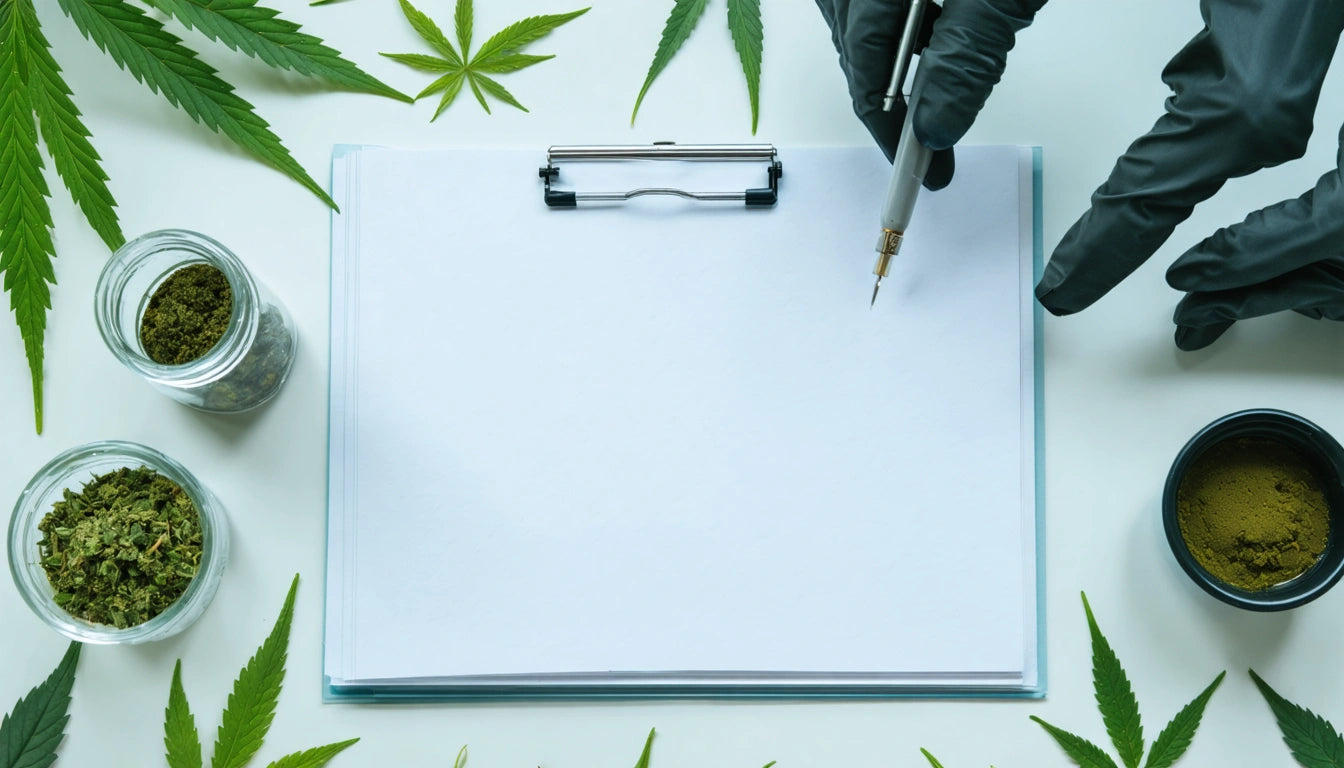Table of Contents
Everything You Need to Know About RAW Papers: Composition, Safety, and Tips
RAW rolling papers have gained immense popularity among enthusiasts for their natural composition and performance. Understanding what these papers are made of, their safety profile, and how to use them effectively with tips can enhance your rolling experience. This comprehensive guide explores everything from materials to techniques for optimal results.
What Are RAW Papers: Materials and Composition
RAW papers are crafted from unbleached, natural plant fibers, primarily hemp. Unlike conventional rolling papers, they don't contain chlorine, calcium carbonate, or artificial additives. This natural composition contributes to their distinctive light brown color and translucent appearance. The company emphasizes sustainability in their sourcing practices, using renewable plant materials.
The paper's composition includes:
- Natural hemp fibers (primary component)
- Natural plant gum for adhesive (typically Arabic gum)
- No added chemicals or dyes
- No artificial accelerants or burn modifiers
As explained in this comparison of paper types, the hemp-based composition offers a different experience than traditional wood pulp papers, with potentially fewer impurities.
The Manufacturing Process: Where RAW Papers Are Made
RAW papers are manufactured primarily in Alcoy, Spain, a region with a rich 300-year history of paper-making expertise. The specific manufacturing facility uses wind power and implements eco-friendly practices, aligning with the brand's natural ethos.
The production process involves several careful steps:
- Sourcing sustainable hemp fibers
- Processing the fibers into thin sheets
- Applying natural gum adhesive strips
- Precision cutting to various sizes
- Packaging with minimal environmental impact
Safety Profile: Are RAW Papers Good For You?
When considering if RAW papers are safe or good for you, it's important to understand that any smoking involves inherent health risks. However, within the context of rolling papers, RAW's unbleached, additive-free composition may present certain advantages.
The absence of bleach and chemical additives means fewer potentially harmful substances are combusted during use. The natural plant gum adhesive also eliminates concerns about synthetic glue compounds. For those with specific sensitivities, the minimalist composition may reduce the risk of reactions to additives found in conventional papers.
As detailed in this guide to choosing rolling papers, the health considerations of different paper types can influence your selection based on personal priorities.
RAW Papers With Tips: The Complete Package
Many RAW products come as papers with tips included, offering a convenient all-in-one solution. These packages typically contain a booklet of rolling papers alongside a separate booklet of filter tips or a perforated tip card. The combination ensures you have everything needed for a complete rolling experience.
The benefits of RAW papers with tips include:
- Convenience of having matching components
- Consistent quality across both papers and tips
- Appropriate sizing compatibility
- Cost savings compared to purchasing separately
For those new to rolling, this resource clarifies what's included in RAW paper packages and how the components work together.
How to Properly Use RAW Tips for the Perfect Roll
RAW paper tips serve as filters and mouthpieces, enhancing both function and experience. Using them properly involves a few key techniques:
Creating the Filter
Begin by making accordion folds at one end of the tip (3-4 small folds), then roll the remaining portion around these folds to create a cylindrical filter with an "M" or "W" pattern inside. This design helps prevent small particles from passing through while maintaining airflow.
Positioning in Your Roll
Place the prepared filter at one end of your paper before adding your material. This allows you to roll around the filter, using it as a guide for shape and structure. For detailed instructions, this comprehensive guide to using RAW tips provides step-by-step guidance.
For those who prefer a more automated approach to preparing their materials, quality grinder machines can help achieve consistent texture before rolling with RAW papers and tips.
Alternatives and Innovations in Rolling Technology
While RAW papers with tips remain popular, the market offers various alternatives worth considering. Some consumers explore options like:
- Hemp wraps for a paper-free experience
- Rice papers for an ultra-thin profile
- Corn husk wraps as a natural alternative
- Pre-rolled cones for those who struggle with manual rolling
As explored in this article on creative alternatives, various materials can serve similar functions to traditional papers.
The rolling paper industry continues to innovate with biodegradable options, organic materials, and enhanced functionality. RAW itself regularly updates its product line with improvements to their papers and tips based on consumer feedback and technological advancements.
Understanding what RAW papers are made of, where they're manufactured, and how to use them with tips empowers consumers to make informed choices aligned with their preferences and values. Whether you prioritize natural materials, rolling convenience, or specific performance characteristics, the wide range of RAW products offers options to suit various needs.











Leave a comment
All comments are moderated before being published.
This site is protected by hCaptcha and the hCaptcha Privacy Policy and Terms of Service apply.